Sandown Park: Betting Guide for Coral-Eclipse Day 2025
Looking to sharpen your betting game ahead of the Coral-Eclipse? Sandown Park is one of the UK’s most iconic Flat racing venues, and understanding how this track plays is crucial if you want to gain an edge on Saturday. In this guide, we break down the layout, the key stats, and the tactical trends that matter most to punters. 📊

Sandown Park betting guide: track overview (right-handed, undulating & fair)
Sandown Park is a right-handed turf course with a relatively stiff uphill finish that really tests stamina in the final furlong. The track has two main configurations:
- Sprint course (5f-7f): Starts in a chute, joining the round course before the home straight.
- Round course (1m+ including the Eclipse 1m2f): Turns right-handed with a long final straight of about 4f.
The surface is generally well-drained, but firmness can exaggerate tactical biases, especially in sprint races. There’s also a unique sense of symmetry to Sandown – fair but unforgiving. If a horse doesn’t stay or can’t handle the undulations, it gets found out.
“Sandown Park is where class and grit go hand in hand.” – A common saying among racing insiders.
The home straight’s uphill climb makes Sandown particularly challenging in the final stages. Whether you’re watching a 5f dash or the 1m2f Coral-Eclipse, don’t underestimate the impact of that final quarter-mile. 🏔️
📊 Key Stats by Distance (Flat racing)
| Distance | Rail Impact | Known Bias | Effective Tactics | Best Stall Zones |
|---|---|---|---|---|
| 5f | Stand’s side | ✅ High draw bias (on Good to Firm) | Early speed crucial | 10–14 ideal |
| 7f | Mostly fair | ❌ Minimal bias | Strong travelling hold-up horses can win | Central to wide |
| 1m | Neutral | ✅ Suits tactically flexible types | Track position key turning in | Inside to mid |
| 1m2f (Coral-Eclipse) | Fair | ❌ Minimal stall impact | Must stay the trip & finish strongly | All stalls competitive |
➡️ Sandown is widely viewed as one of the fairest tracks in the UK, but that doesn’t mean punters should ignore draw and pace. In sprints, high draws can be crucial, especially on quicker ground. In longer races, tempo and stamina become much more important than stall position.

🧠 Tactical Insights: What Works at Sandown?
- Front-runners can hold on in sprints if ground is firm and there’s little pace pressure.
- The uphill finish means horses need stamina even in shorter races — don’t back pure speedballs blindly.
- Stamina-laden milers often thrive at 1m2f here.
- Watch for horses previously placed at Sandown — course form matters.
Sandown requires a horse to maintain balance on an undulating track before digging deep up the hill. It’s not a playground for one-paced gallopers or fragile types. Punters should also pay attention to jockeys with experience riding here – timing your run at Sandown is a skill in itself.
Notably, riders like William Buick, Jim Crowley, and Ryan Moore tend to excel here, not just because of horse quality, but due to their tactical judgment in this testing layout.
📈 Coral-Eclipse at Sandown Park: betting trends (last 10 years)
- 7 of the last 10 winners were 3-year-olds receiving the weight-for-age allowance 🧒
- Horses that raced in the Epsom Derby or French Derby have fared well here.
- Top trainers: John Gosden and Aidan O’Brien dominate this race 💼
- Jockeys to watch: William Buick and Ryan Moore have strong records.
- Most winners had previous Group 1 or Group 2 experience.
Many punters overlook the significance of the weight-for-age allowance – 3yo runners get a full 10 lbs off their older rivals in the Coral-Eclipse. That’s a huge edge in a Group 1 contest over a testing 1m2f trip.
Equally, it’s worth noting how well international raiders have done. French-trained runners from André Fabre have occasionally outperformed expectations, especially when the ground eases.

🔎 Race Positioning: Where Winners Come From
| Position at 3f Out | % Wins (Eclipse 1m2f) |
| Front-runners | 20% |
| Midfield | 50% |
| Held up last | 30% |
It pays to travel within striking distance but not to do too much early. Midfield runners with a clean passage often pounce late on the uphill grind. 💥
The ability to quicken at the right moment – especially 2f out – is vital. Runners that get boxed in or fail to settle early often struggle to find rhythm on Sandown’s long straight.
🌦️ Ground, Weather & Stalls: What to Monitor
✅ Stall positions – Especially in sprint races; high draws preferred over 5f.
✅ Ground updates – Sandown can dry out quickly, so Good to Firm ground changes the game tactically.
✅ Pace angles – Identify lone leaders or horses likely to get the run of the race.
✅ Form on undulating tracks – Horses with past success at Sandown, Epsom, or Goodwood may handle the camber better.
✅ Fitness & recent form – This is not the day to guess on horses needing the run.
Also check wind direction, which can have subtle impact on early pace races, especially over the straight 5f.

🏟️ Course Specialists: Sandown Regulars Worth Following
Some horses simply love Sandown. Whether it’s the camber, the uphill finish or the rhythm of the track, you’ll find some repeat winners here.
Look out for runners with form figures like 121 or 313 at Sandown — these horses clearly thrive here and often outperform their odds.
A few patterns worth remembering:
- Horses that have won on seasonal reappearance at Sandown often go well again.
- Beware of hype around unproven 3yo favourites stepping up in trip for the first time — Sandown can be unforgiving.
- Horses with Listed or Group placings at Sandown tend to uphold their form on return.
💸 Betting Angles: How to Approach the Card 🧮
If you’re planning to bet across the whole Coral-Eclipse card, strategy is everything. Sandown’s mixed layout and range of distances make it essential to adapt your staking and race selection approach.
First, consider which types of race you’re most comfortable analysing: sprint handicaps can be unpredictable, while Listed or Group races may offer clearer form lines. The Coral Charge (5f, G3) tends to produce tight finishes and rewards tactical sprints; meanwhile, the Coral Challenge (1m handicap) often demands strong travelling types who can handle a quick turn of foot uphill.
If you’re betting each-way, look at field sizes and bookmaker offers. Races with 8-12 runners are ideal for each-way plays, especially if there are vulnerable favourites or improving dark horses.
For multiples, it’s wise to avoid linking races of completely different styles (e.g., 5f sprint + 1m2f tactical Group 1), unless you have strong views in both. Stick to races where pace maps and ground conditions are clearly defined.
Also, don’t overlook place-only markets, match bets, or “without the favourite” options — particularly when a horse like Ombudsman skews the Coral-Eclipse market.
Smart betting isn’t just about tips — it’s about finding the right kind of bet for the right type of race. 🎯

🔁 How the Track Plays Through the Day 🕰️
One overlooked element of betting at Sandown is how the course can evolve throughout the racecard. Ground conditions, track bias and pace patterns can all shift as the day goes on.
In the early races — especially sprints — freshness in the turf can enhance the stand’s side bias over 5f. That means high draws might enjoy a brief window of superiority before the ground evens out from repeated use.
As the day progresses, especially under warm and dry conditions, the track can begin to ride quicker. This often suits horses that sit closer to the pace, as closers may find it harder to accelerate uphill when the turf is firmer.
Watch how the first few races unfold: Are front-runners holding on? Are wide draws sweeping past? Are favourites winning comfortably, or is it a day for outsiders? Use these clues to shape your bets from race 4 onwards.
Also pay attention to jockey quotes, trainer interviews and late market moves — Sandown is a track where local knowledge and tactical nous often trump raw ratings.
The best punters don’t treat each race in isolation. They adjust, evolve and find the angles the market misses. That’s how you stay ahead. 📈
🧵 Final Thoughts: Use This Edge 💡
Sandown Park rewards balance — horses need tactical speed, stamina, and a will to fight up the hill. The Coral-Eclipse often crowns champions, but stats show that the 3yo weight allowance is not to be underestimated.
Above all, this is a track where course form, jockey experience, and physical toughness matter more than hype or reputation. Use these insights to find value.
🎯 If you’re looking for a deeper dive into Saturday’s big race, don’t miss my runner-by-runner preview of the Coral-Eclipse 2025.
🧠 And if you want to know which tactical trends are dominating this Flat season, here’s my breakdown of the 10 betting patterns that are shaping 2025.
Good luck this Saturday — and remember, the hill at Sandown can break weak finishers! 💪🍀
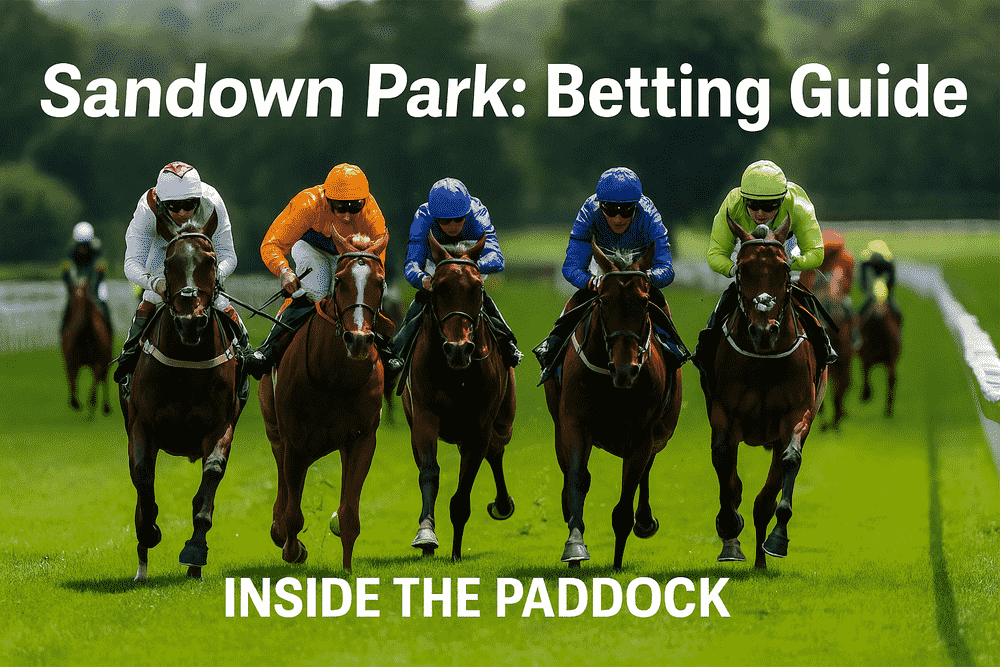

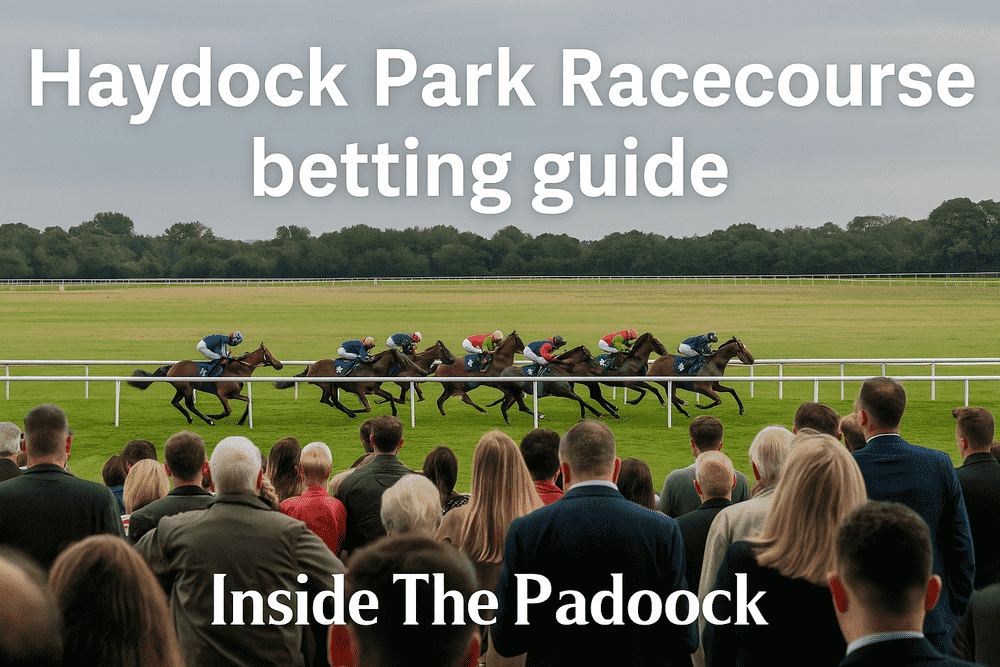



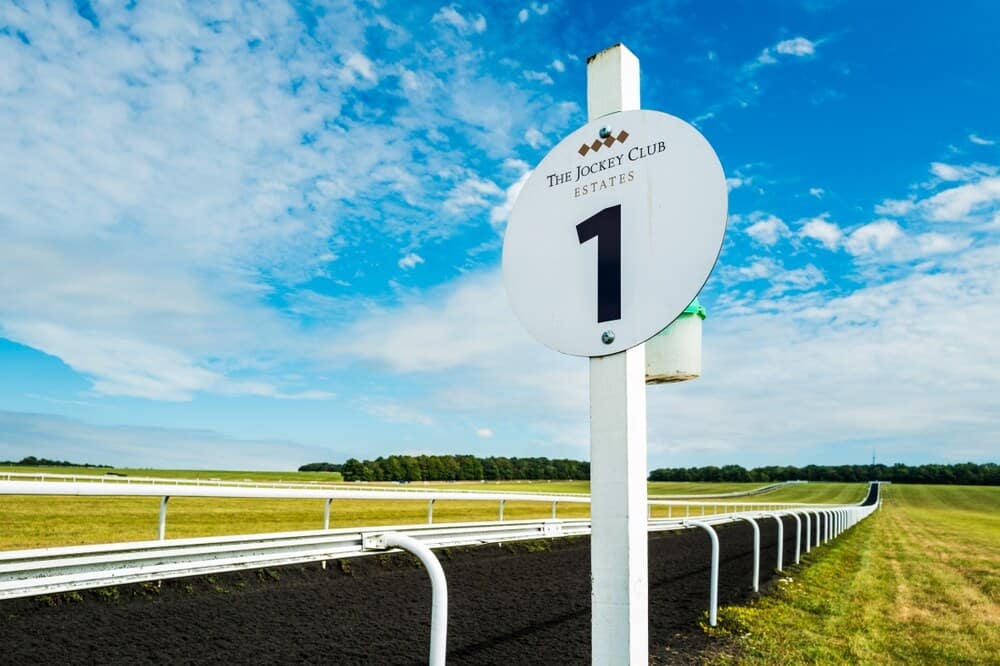
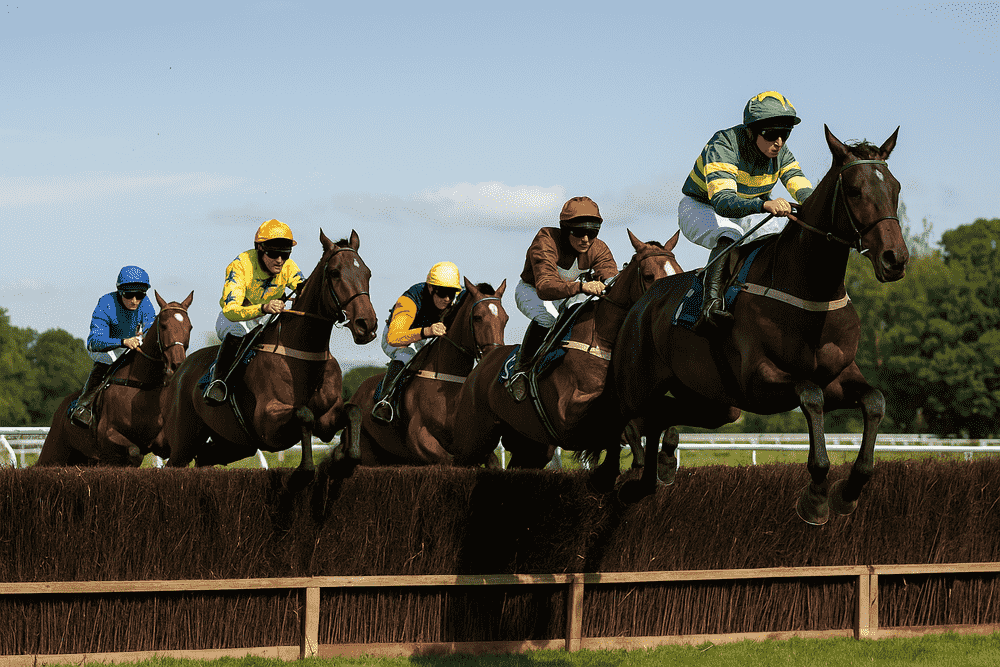
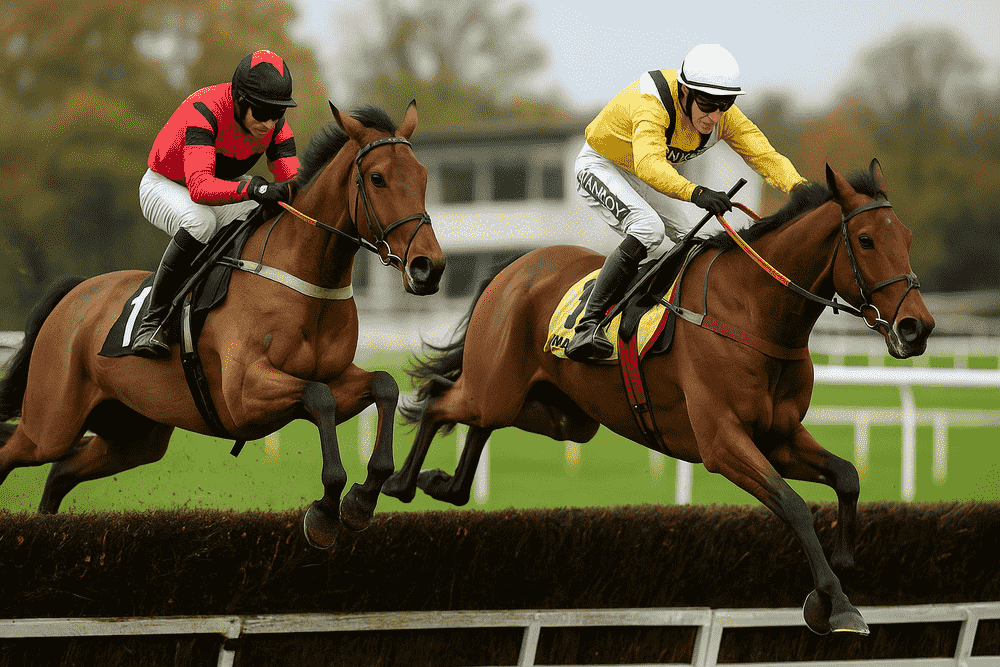
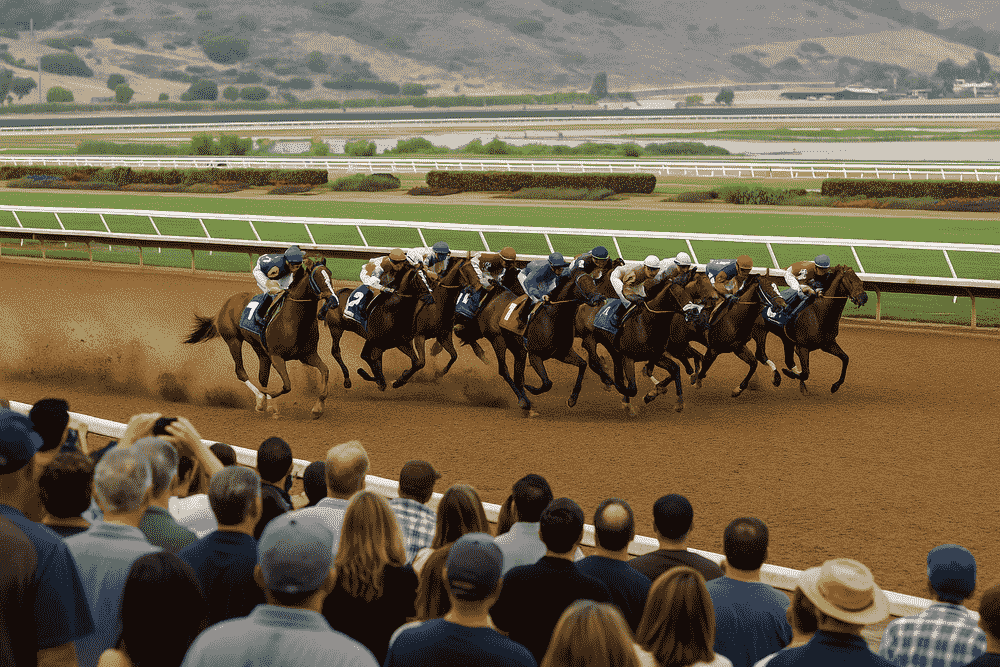
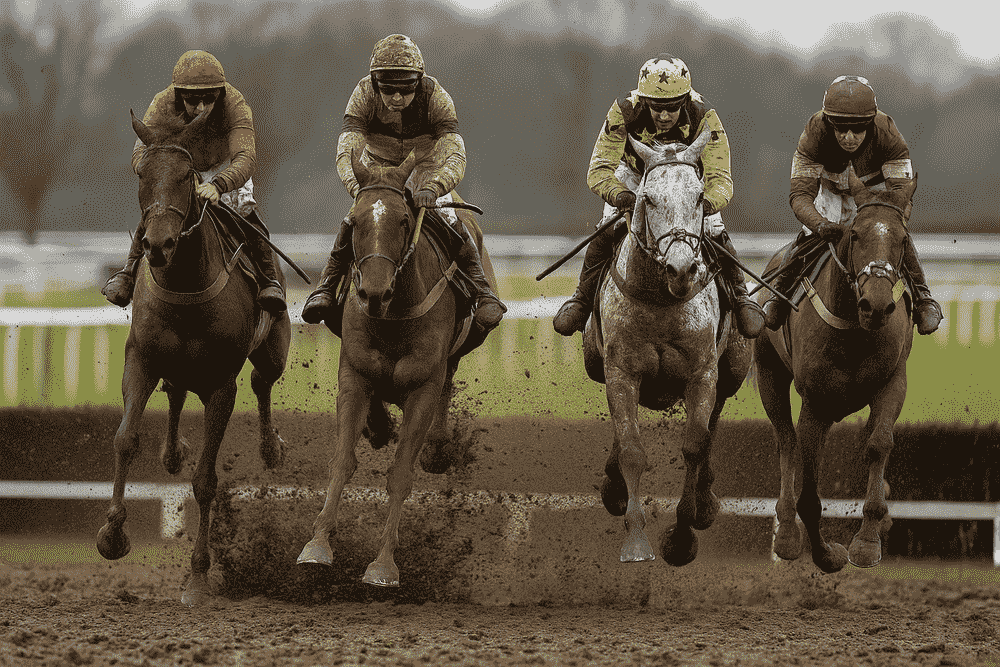
Coral Eclipse Day 2025 – Best Betting Tips & Race Analysis at Sandown –
[…] you’re following today’s action at Sandown, make sure to read our complete betting guide to Sandown Park for tactical insights and racecourse trends that could give you an edge on Coral Eclipse […]